





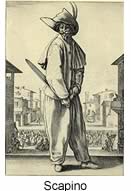

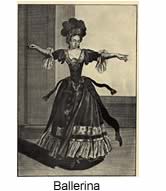
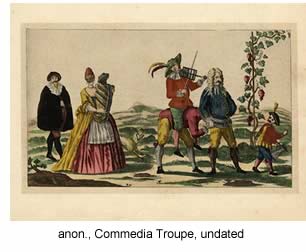
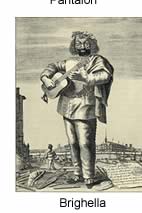


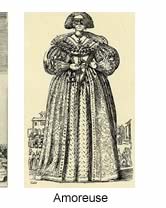

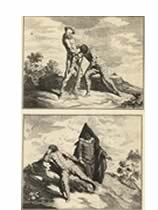
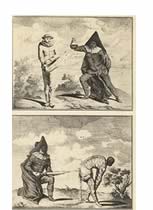
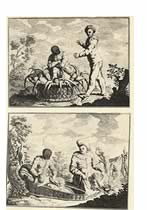

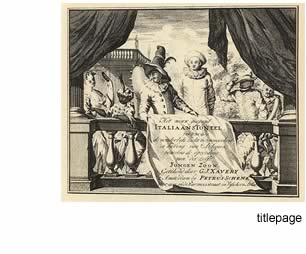

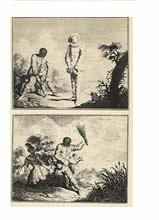


 |
 |
 |
 |
|||||||||||||
 |
||||||||||||||||
 |
 |
 |
 |
|||||||||||||
 |
||||||||||||||||
 |
||||||||||||||||
 |
 |
 |
||||||||||||||
 |
||||||||||||||||
 |
 |
 |
 |
|||||||||||||
 |
||||||||||||||||
 |
 |
 |
||||||||||||||
 |
||||||||||||||||
An interesting visual proposition - a publically recognised cast of characters, with principals and secondaries, enacting stories known to all (since the mid sixteenth century) - yet allowing considerable (and expected) extemporisation on stage, or, if travelling players, on location. The principals. Harlequin and Pedrolino, were extensively referred to in the production of art, again tapping into public familiarity with their allotted roles. Above are various depictions of the Commedia figures together with a selection of plates from a Dutch portfolio of characteristic tableaux, including a scene of colonic irrigation.
|